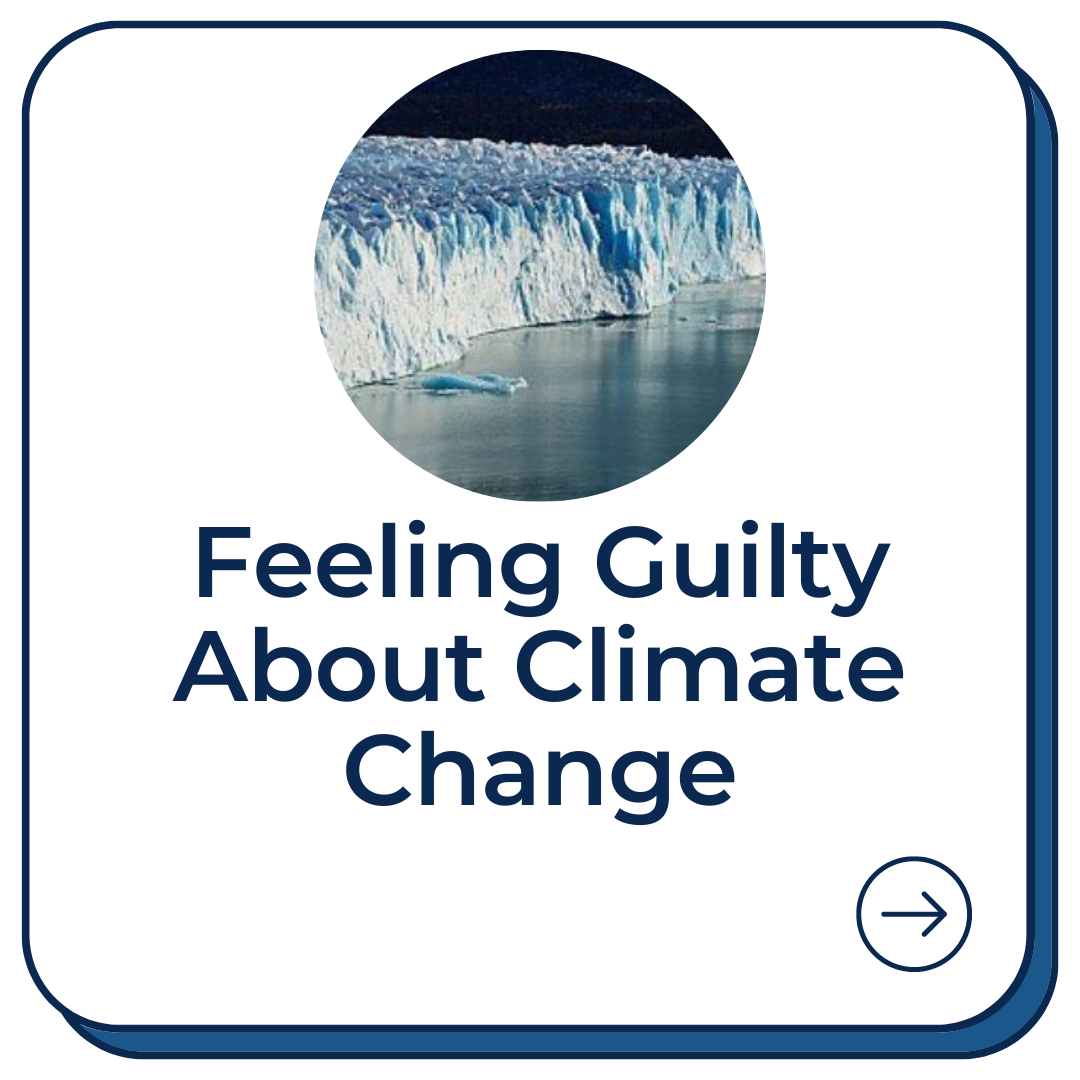Climate anxiety is a heavy topic for teachers to navigate with their students. The climate crisis can unpack a variety of emotions, from grief to sadness, to feeling powerless and even vulnerable. So how do we teach our students how to cope with climate anxiety? By educating and teaching students how to process their feelings and empowering them to take action. We have collected lesson ideas to teach students how to cope with climate anxiety and navigate this topic.










































